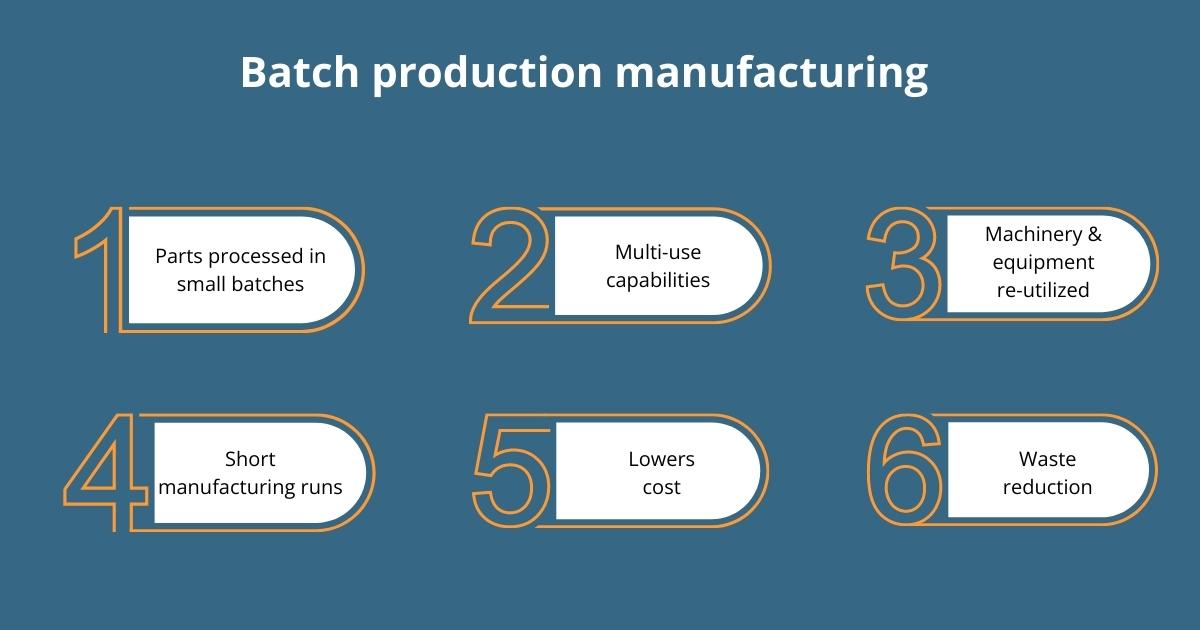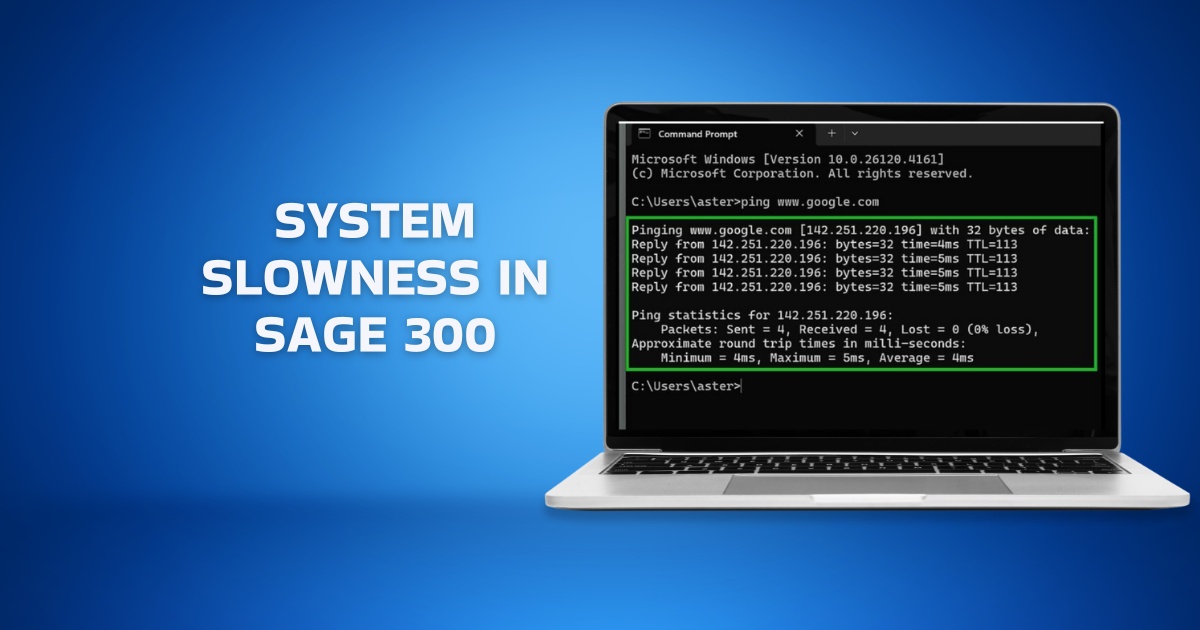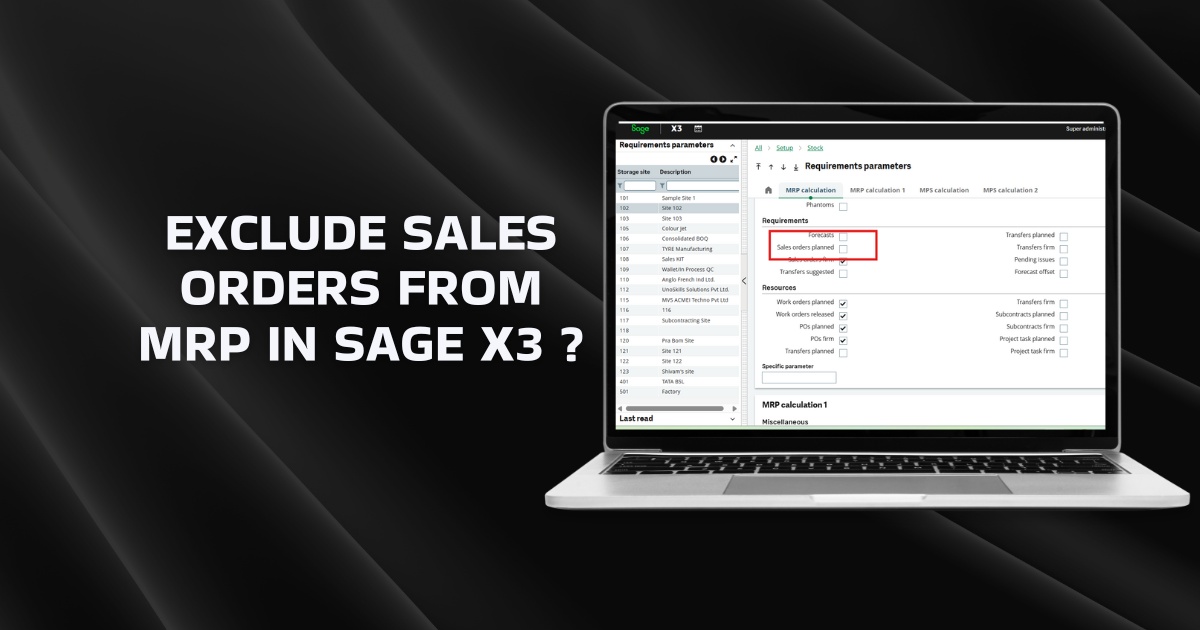Definition: Batch production is a manufacturing method where products are made in specified quantities or batches. Here, the full batch is processed together on a workstation before moving it to the next stage.
What is Batch Production?
Batch production is a manufacturing method where products with the same technical specifications are manufactured in batches of a specific quantity. Commonly used in the chemical, food processing and pharma industry, batch production is a cost-effective method to produce different products in moderate volume per batch.
- All products in one batch are processed together as one group at every manufacturing stage till the last production stage, and each batch is allotted a specific batch number for easy tracking.
- Batching production using manufacturing ERP software ensures accurate BOM planning, the availability of the required materials and their quantity, providing a clear picture of the production costs to manufacture a specific batch.
- After the production stage is over, the batch goes through quality checks and moved collectively to the assembly line for completing the finished product. The final product again goes through extensive testing to ensure it meets all required standards.
- Batch production gives manufacturers the flexibility to manage and control quality of a specific quantity of goods at different stages of the production process, reducing waste and cost of production.
- Batch production is usually used for industries such as software chip manufacturing, pharmaceuticals, and food and beverage manufacturing.
Examples of Batch Production
Batch production is commonly used in industries like food and beverage, FMCG, chemical, clothing and pharmaceuticals. Here, similar products are produced with different specifications, such as shapes and sizes, to cater to fluctuating customer demand. Such businesses often have multiple SKUs of the same product. For example, a bathing soap available in weights of 100g, 150g and 200g. Other items produced using batch manufacturing are:
- Potato Chips (100gm, 200g)
- Furniture (eg. small table, large table)
- Medicine Strength (eg. 1 mg, 5 mg)
- Soft drinks (eg. 500 ml, 1 litre)
- T-shirt(white, yellow and red colour)
- Electronics (21-inch TV, 50-inch TV)
- Bottles made in different shapes
What are the Features of Batch Production?
Batch production offers a cost-effective solution to manufacturers for implementing quality control and producing customized goods in small batches. This approach minimizes the risk of final product quality failure while also making it easier to adjust to changes as customer requirements change.
Batch Production Feature Highlights
- Batch process is a cost-effective method of production because it optimizes workflows and allows effective utilization of resources. It also saves time by grouping similar tasks, minimizing changeover times.
- Batches production offers flexibility to modify the BOM planning as per modifications required in the sub-assemblies or the final product, new product introduction as well as the available raw material.
- Another key feature of batch production is its ability to scale, allowing efficient production of large batches and reach economies of scale. Based on demand, the batch size can be easily increased or decreased.
- Production line automation gives better control over batch and final product quality and consistency, reducing manual errors and improving process efficiency.
- Every batch follows a standardized procedure to meet quality guidelines and technical specifications of the product.
- Batch quality can be easily traced at different stages of production and assembly. This makes sure that the final product quality aligns with customer requirements.
Advantages of Batch production
Batch production is best suited for producing goods in smaller amounts. Especially, the goods that need customizations can avail of this method. Let’s discuss some advantages of batch production–
1. Multi-purpose capabilities
It has the capability to manufacture variants of items in the same assembly line. It has the ability to equip more production processes, so the equipment is never under-utilized. In this process, the focus can be laid on multiple goods, so businesses will be more agile in responding to the demand and supply.
2. Minimizes Cost
With the batch manufacturing method, the cost of the manufacturing process can be lowered. As far as batch production is concerned, more products are manufactured on the same production line. Here the manufacturing costs are distributed among the goods. And the machinery also won’t continually run which will lower the costs. And the machine can be scheduled for maintenance which will reduce downtime.
3. Reduce Wastage
Manufacturing the exact number of goods will eventually minimize resource waste.
4. Quality Assurance
In the batch production process, the product quality can be checked and tested at every stage. So if any issue occurs in between the process can be rectified. This will avoid the risk of producing a batch 0f defective goods.
5. Items manufactured in small quantities
In this process, goods can be produced in smaller quantities but various goods can be manufactured. And the goods are manufactured depending on the request.
How is Batch manufacturing applied to industries?
Three major elements are simplified with the batch management system – raw materials, inventory and finished goods. Let’s see how this type of production method is used in the manufacturing industry.
1. Batch numbers creation
The creation of batch numbers will vary from business to business. Unique numbers for batches of goods are given to provide end-to-end transparency in the production line.
2. Integrate with the right batch-tracking technology
Automating batch production with technology will yield more results. There will be more visibility of the products in each stage. This will help in avoiding errors and risks.
3. From raw materials to production to sales
Automation and visibility help in knowing the exact numbers in the inventory. This will help the production to commence at the time without causing any delay. If you are unsure about the stocks available in the inventory, it is difficult to continue with the production process.
4. Production scheduling
It is vital to understand sales forecasts. It will give insights regarding the right time to manufacture the goods. And the manufacturing software can be used to automate the scheduling process. The software will also give details regarding the demand and help in responding to priorities.
Also Read : What are the types of Manufacturing Processes?
Disadvantages of Batch Production
One major disadvantage of batch production is that it is not suitable for all types of industries. Some of the disadvantages are enumerated below —
1. Automating issues
Automating the batch manufacturing process is challenging due to the requirements of variables. And also the process method and the equipment considers varied attributes for each commodity.
2. Costlier than mass production
Batch manufacturing has more stages in the manufacturing process. In addition, it has many quality control checks, tests and stages, which makes it expensive. And the initial set-up of technology is expensive as it has to be designed to cater for the specific requirements of functions.
3. Employee downtime is probable
Batch manufacturing involves multiple stages of production and numerous quality control checks. So there will be a pause after each stage which increases the employee downtime. For example, in the food industry‘s manufacturing process, after each stage, the equipment has to be cleaned.
4. Longer production time
In the batch production method, there are more stages and each step has to be completed and then only proceeded to the next phase. So the manufacturing process will take a longer duration to complete. For example, if any modifications are to be done for the functions of the equipment to proceed next step, it will take time.
Also Read : 10 Manufacturing ERP Modules You should look for in an ERP System
Difference Between Batch, Continuous, and Assembly Line Production
- Continuous process manufacturing, also called flow production, is a production process where products are manufactured nonstop without any manual interruptions to the production line. It involves high-volume production of goods. The raw materials typically used here include gases, powders, slurries and liquids, instead of solid raw materials.
- Assembly line production is a production process where the products move in an assembly line, with each workstation performing a specific task to complete the final product. For example, large scale car production occurs on conveyor system where each worker and machine assemble the car part by part as the vehicle moves forward in the assembly.
- Both continuous and assembly line production methods are suitable for large-scale production, aimed at improving production efficiency and minimizing costs. Batch production, on the other hand, is ideal for processing smaller batches at a time. In this method, the production is continuously interrupted for changeovers and cleaning to manufacture a fresh batch. However, batch production offers flexibility to accommodate changing customer requirements and market demand.
What is a Batch Tracking System?
Integration with batch tracking software will increase the efficiency of batch manufacturing. Listed below are some of the reasons —
- Automation enables the traceability of functions which helps in being time-efficient. Especially, tracking the raw materials from procurement till the sales of the finished product.
- Enhanced visibility of inventory stocks will help in prioritizing to use of the oldest stocks first which helps in reducing wastage. This is vital for largely perishable goods.
- Compliance is a major requirement for food and pharmaceutical products. So if there is a health or safety-related recall, the right technology and software in place help the company from reputational damage.
What are Batch Manufacturing records?
Batch manufacturing records document all the functions of the entire manufacturing process. It is normally a written document. In this step-by-step process of batch manufacturing and the whole manufacturing process is recorded. A batch manufacturing record should have the following information —
1. Batch record – BMR’s first page has the following details – batch number, batch size, composition, master formula record (weight of the batch, shelf life, storage conditions, manufacturing date, expiry date, manufacturing license number, starting date and completion date)
2. General instructions for production – Health and safety instructions that the manufacturing chemist and operators have to follow during the production process. The instructions are regarding the equipment and materials used for the production process.
3. Equipment cleaning record – A list of equipment used for the manufacturing process is created. It includes details of the previous product, batch and date of cleaning. And equipment cleaning should be based on quality assurance.
4. Bill of materials – In this, the raw materials are listed along with the quantity and their own AR numbers. Quality assurance has to verify the weight of these materials. For example, in the pharmaceutical business, some of the tablets manufactured might be coated, so the coating materials must be specified.
5. Estimated cost of each manufacturing step – The cost of each manufacturing stage is specified in the MRF. And this is documented after computing and multiplying the cost of any equipment utilised by the labour hours required.
Conclusion
Finally, batch production is considered to be a highly efficient manufacturing method for the production of goods in specified quantities. It can help with cost savings, quality control, and flexibility in meeting customer expectations. Technology such as an ERP system is a comprehensive solution to efficiently manage batch production.
Batch Production FAQs
1. What Is The Difference Between Batch And Mass Manufacturing?
Batch production involves the production of a specific quantity of similar products, allowing manufacturers to maintain flexibility and deliver a variety of products. On the other hand, mass production enables large volume production of identical products, offering greater efficiency.
2. Why Do Companies Use Batch Production?
Companies use batch production when they want to produce similar products with minor variations. It gives them flexibility to produce different variations of products and adjust production volume without significant downtime.








